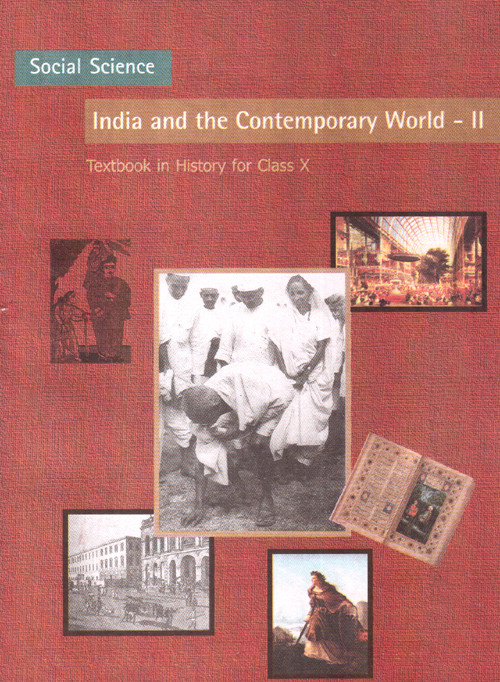
- Grade 6 » Introduction Print this page. In Grade 6, instructional time should focus on four critical areas: (1) connecting ratio and rate to whole number multiplication and division and using concepts of ratio and rate to solve problems; (2) completing understanding of division of fractions and extending the notion of number to the system of rational numbers, which includes negative numbers.
- Contact Info Phone #: (248)684-8060 E-mail: Andrea.Colville@hvs.org.
Worksheets Math Grade 6 Multiplication & division. Multiplication and division math worksheets. These grade 6 math worksheets give additional computational practice, particularly in column form multiplication and long division. In addition to our Math Portals, we are able to share the following documents that we have developed The Unit Template that developers used to build the units that make up the Core Curriculum. The Math Teaching Toolkit, which contains strategies for teachers, grades K–12 and also guided the unit development.
In Grade 6, instructional time should focus on four critical areas: (1) connecting ratio and rate to whole number multiplication and division and using concepts of ratio and rate to solve problems; (2) completing understanding of division of fractions and extending the notion of number to the system of rational numbers, which includes negative numbers; (3) writing, interpreting, and using expressions and equations; and (4) developing understanding of statistical thinking.
Unit 6 Agendasmrs. Colville's Math Class 6
- Students use reasoning about multiplication and division to solve ratio and rate problems about quantities. By viewing equivalent ratios and rates as deriving from, and extending, pairs of rows (or columns) in the multiplication table, and by analyzing simple drawings that indicate the relative size of quantities, students connect their understanding of multiplication and division with ratios and rates. Thus students expand the scope of problems for which they can use multiplication and division to solve problems, and they connect ratios and fractions. Students solve a wide variety of problems involving ratios and rates.
- Students use the meaning of fractions, the meanings of multiplication and division, and the relationship between multiplication and division to understand and explain why the procedures for dividing fractions make sense. Students use these operations to solve problems. Students extend their previous understandings of number and the ordering of numbers to the full system of rational numbers, which includes negative rational numbers, and in particular negative integers. They reason about the order and absolute value of rational numbers and about the location of points in all four quadrants of the coordinate plane.
- Students understand the use of variables in mathematical expressions. They write expressions and equations that correspond to given situations, evaluate expressions, and use expressions and formulas to solve problems. Students understand that expressions in different forms can be equivalent, and they use the properties of operations to rewrite expressions in equivalent forms. Students know that the solutions of an equation are the values of the variables that make the equation true. Students use properties of operations and the idea of maintaining the equality of both sides of an equation to solve simple one-step equations. Students construct and analyze tables, such as tables of quantities that are in equivalent ratios, and they use equations (such as 3x = y) to describe relationships between quantities.
- Building on and reinforcing their understanding of number, students begin to develop their ability to think statistically. Students recognize that a data distribution may not have a definite center and that different ways to measure center yield different values. The median measures center in the sense that it is roughly the middle value. The mean measures center in the sense that it is the value that each data point would take on if the total of the data values were redistributed equally, and also in the sense that it is a balance point. Students recognize that a measure of variability (interquartile range or mean absolute deviation) can also be useful for summarizing data because two very different sets of data can have the same mean and median yet be distinguished by their variability.
Students learn to describe and summarize numerical data sets, identifying clusters, peaks, gaps, and symmetry, considering the context in which the data were collected. Students in Grade 6 also build on their work with area in elementary school by reasoning about relationships among shapes to determine area, surface area, and volume. They find areas of right triangles, other triangles, and special quadrilaterals by decomposing these shapes, rearranging or removing pieces, and relating the shapes to rectangles. Using these methods, students discuss, develop, and justify formulas for areas of triangles and parallelograms. Students find areas of polygons and surface areas of prisms and pyramids by decomposing them into pieces whose area they can determine. They reason about right rectangular prisms with fractional side lengths to extend formulas for the volume of a right rectangular prism to fractional side lengths. They prepare for work on scale drawings and constructions in Grade 7 by drawing polygons in the coordinate plane.
Grade 6 Overview
Ratios and Proportional Relationships
- Understand ratio concepts and use ratio reasoning to solve problems.
The Number System
- Apply and extend previous understandings of multiplication and division to divide fractions by fractions.
- Multiply and divide multi-digit numbers and find common factors and multiples.
- Apply and extend previous understandings of numbers to the system of rational numbers.

Expressions and Equations
- Apply and extend previous understandings of arithmetic to algebraic expressions.
- Reason about and solve one-variable equations and inequalities.
- Represent and analyze quantitative relationships between dependent and independent variables.
Geometry
- Solve real-world and mathematical problems involving area, surface area, and volume.
Statistics and Probability
Unit 6 Agendasmrs. Colville's Math Classroom
- Develop understanding of statistical variability.
- Summarize and describe distributions.
Mathematical Practices
- Make sense of problems and persevere in solving them.
- Reason abstractly and quantitatively.
- Construct viable arguments and critique the reasoning of others.
- Model with mathematics.
- Use appropriate tools strategically.
- Attend to precision.
- Look for and make use of structure.
- Look for and express regularity in repeated reasoning.
IMPORTANT MESSAGE: 1/19/2021 at 10:40 AM -- Refresh page to update message
MCPS will provide limited in-person technological services and support at 45 W. Gude Dr. on Thursday and Friday, Jan. 21 and Jan. 22. A mobile bus service will be on site for families and staff who are in need of Chromebook support. Phone-based technology support will continue as usual via 240-740-7020. Staff will direct visitors as they arrive to ensure physical distancing and masking measures are observed.MCPS staff should call the Help Desk number for assistance.
MENSAJE IMPORTANTE: 1/19/2021, 10:40 AM -- Refresque la página para actualizar mensaje
MCPS prestará servicios limitados de apoyo técnico en persona y apoyo para devolución en 45 W. Gude Drive, el jueves 21 y viernes 22 de enero.Las familias y el personal que necesiten ayuda para Chromebooks podrán recibirla a través de un servicio de autobús móvil en el lugar. El apoyo técnico por teléfono continuará como siempre, llamando al 240-740-7020. El personal dirigirá a los visitantes a medida que vayan llegando, ya que se deberá respetar las importantes medidas de distanciamiento físico y el uso de máscaras de protección.
